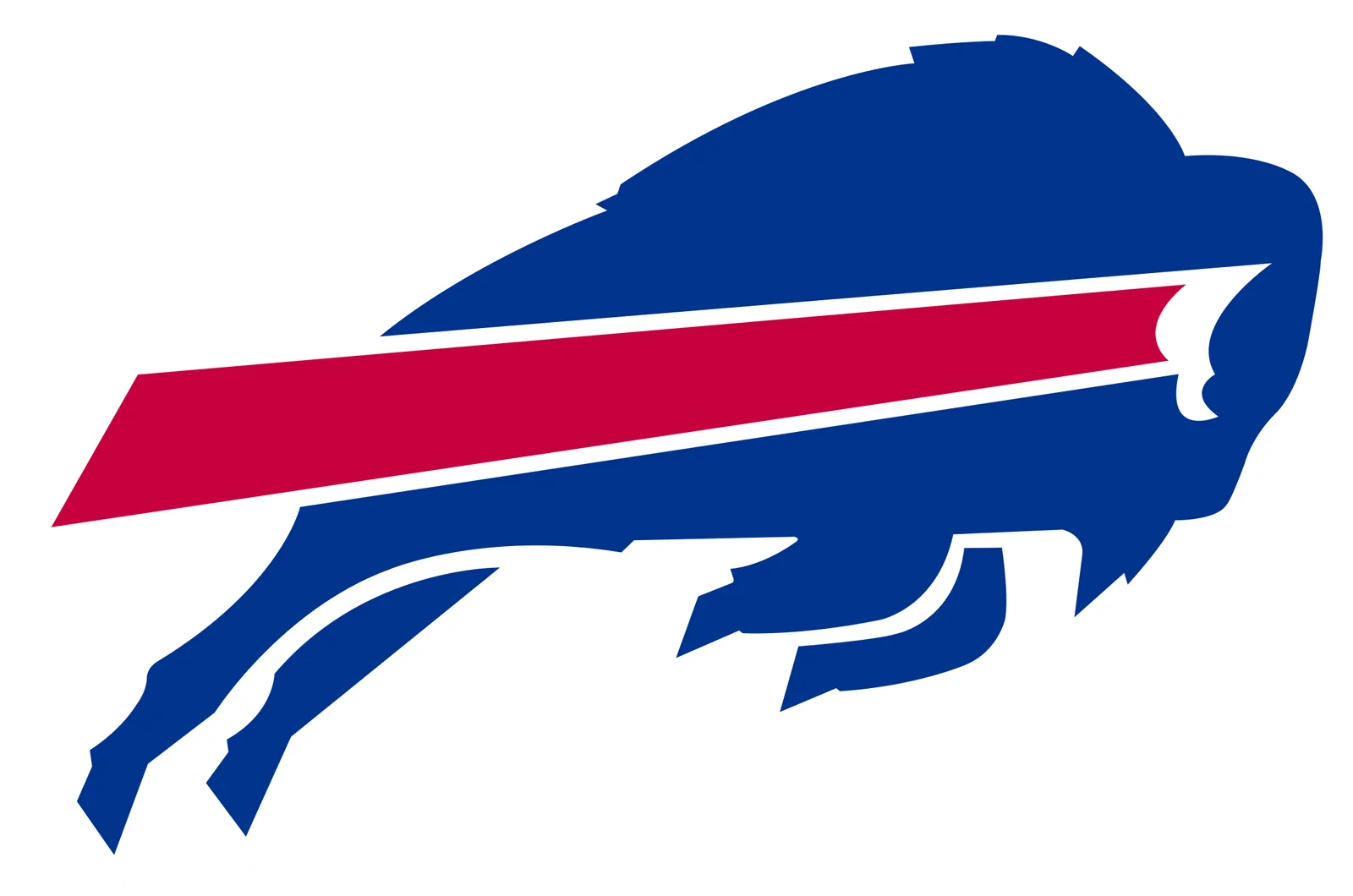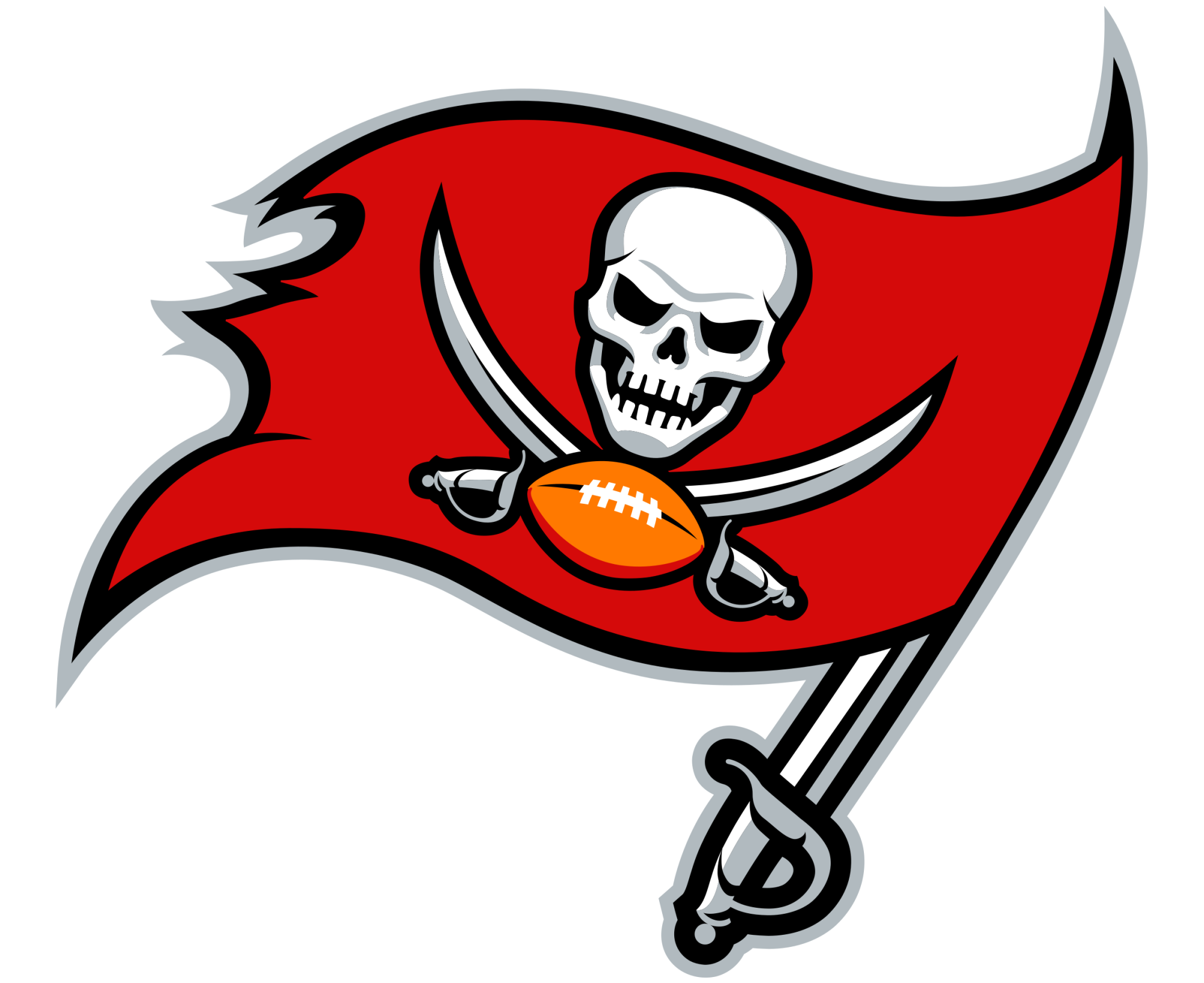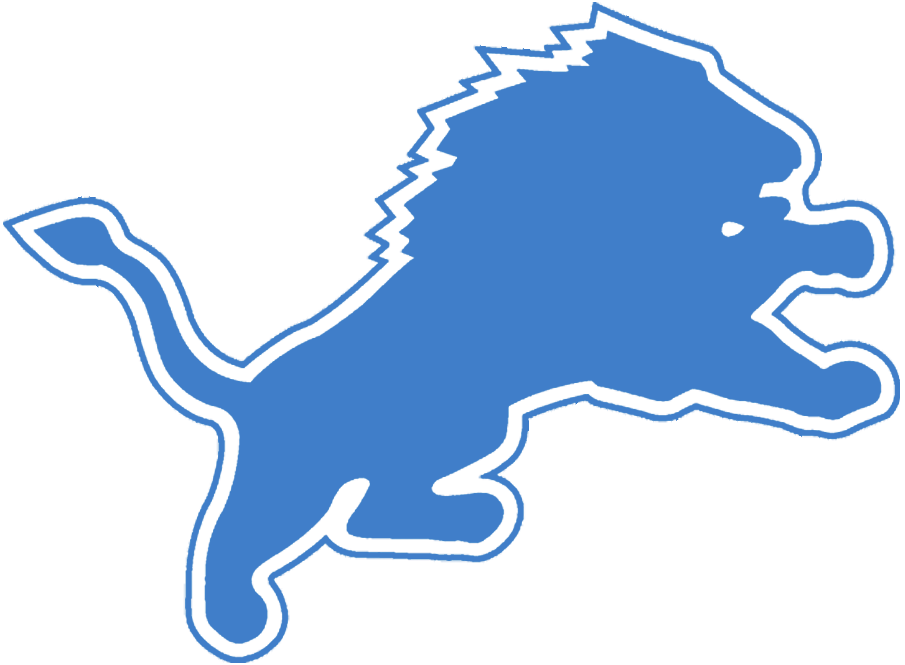Aaron Jones Is More Than a Typical One Year Rental

Credit: Brace Hemmelgarn-USA TODAY Sports
Even though the Minnesota Vikings hate the Green Bay Packers with a fiery passion, they love signing former Packers at any god-given opportunity. However, former Packers don’t typically stay in Minnesota for very long. Brett Favre, Greg Jennings, and Za’Darius Smith only spent less than two years in Purple before going elsewhere or retiring. It seems like every time the Minnesota Vikings sign a former Packer, it turns out to be nothing more than a short-term rental meant to drum up fan interest by way of pissing off their cheesehead neighbors.
Before officially signing with the Vikings, Smith went out of his way to troll the Packers fanbase. During his visit to Minnesota, he posted a tongue-in-cheek photo on his Instagram story that featured him pointing at the video board at TCO Performance Center. This was before he officially signed with the Vikings, and it was his way of tweaking the Packers, who had “treated him bad” from his perspective.

A similar occurrence took place when the Vikings signed former Packers running back Aaron Jones. The former fan favorite in Green Bay ended his introductory press conference with an emphatic SKOL chant. Minnesota’s brass also gifted Jones his signature sombrero, making sure to change the primary color from green to purple. That being said, where this move differs from the Smith signing lies in the fact that Jones can be more than just the typical one-year rental from to poke the Packers in the eye.
What a walkoff.
🙏 #Skol @Showtyme_33 pic.twitter.com/Jm4M3xNhES
— Minnesota Vikings (@Vikings) March 14, 2024
Look, we know the facts about running backs, and Jones is an aging player at the league’s most short-lived position on a one-year deal. Minnesota is still a rebuilding team, run by a shrewd negotiator in Kwesi Adofo-Mensah, who treats the Vikings’ available cap space as if it’s his own money. Additionally, Kwesi has yet to extend anyone who is near the wrong side of 30. This is a general manager who was willing to let two core pieces (Kirk Cousins and Danielle Hunter) walk in free agency because the value proposition in re-signing them was not optimal. If Cousins and Hunter didn’t fit the timeline of these Vikings, then why would Jones be any different?
What makes this situation unique from a typical aging running back is that the Packers largely underutilized Jones during his time in Green Bay. The first reason for doing so is because Aaron Jones gets dinged up rather easily, and is prone to missing games. As a result, Matt LaFleur did his best to limit Aaron’s workload to ensure his legs stay fresh.
The other reason why Jones’ carries were reduced was because of the presence of A.J. Dillon, who served as the Packers’ primary rusher in short-yardage and goal-line situations. Dillon is talented enough to the point where it became more beneficial for Green Bay to split the workload between their top two rushers evenly.
Jones’ reduced workload in Green Bay has already increased his longevity in the NFL, and the Vikings should take full advantage of those relatively fresh legs by allowing Jones to torment the Packers for as long as possible.
In addition, a key factor that determines how well a running back’s game ages over time is their receiving ability. Jones has been one of the best pass-catching running backs over the past few years. So much so, that the Packers would line Jones out wide and in the slot on 17% of his snaps in 2022. Even if Jones loses a step as a rusher, he can still provide value as a receiving threat, thereby increasing his value relative to other players at his position.
Speaking of other running backs, the 2025 crop of free agents at the position isn’t nearly as robust as the 2024 free agent class. 2024 saw Saquon Barkley, Derrick Henry, and Josh Jacobs all hitting the market. The class is headlined by Nick Chubb (coming off an ACL injury in 2023), Javonte Williams, and Jones himself.
It’s clear the Vikings are highly unlikely to get a better running back than Jones in 2025, at least on the free agent market. Minnesota is also lacking draft capital in 2025, so unless the Vikings find a gem late in Day 2 or in Day 3 of the draft then it’s also unlikely they’ll find a better option at running back than Jones. Not to mention, running back won’t be a draft priority next year, so long as Ty Chandler is on the roster.
But perhaps the biggest reason why the Vikings should want to keep Jones for at least two seasons is because the presence of a strong running game is extremely beneficial for J.J. McCarthy’s development at quarterback. Kwesi and Kevin O’Connell’s jobs are tied to whether or not McCarthy becomes the Vikings’ next (first?) franchise quarterback.
We don’t know much about what he will or won’t do in the NFL, but one thing McCarthy proved at Michigan is that he can accomplish anything when he’s paired with an efficient rushing attack. The Vikings will have plenty of cap space in 2025 when Jones is scheduled to become a free agent, so there’s no harm in making a competitive offer to retain his services.
O’Connell has made it clear that he wants to create the best possible learning environment for McCarthy to develop as a player. Having immensely talented skill position players including Justin Jefferson, T.J. Hockenson, and Jordan Addison as part of the team’s core goes a long way towards creating a sustainable offensive attack. Even at 29 years old, Jones is still talented enough as a rusher and receiver to be a core player for these Vikings. He offers so many benefits that it would be silly to view him as a one-year rental. So long as Jones shows that he still has it, it’s in Minnesota’s best interest to keep him around for as long as humanly possible.
Up Next





